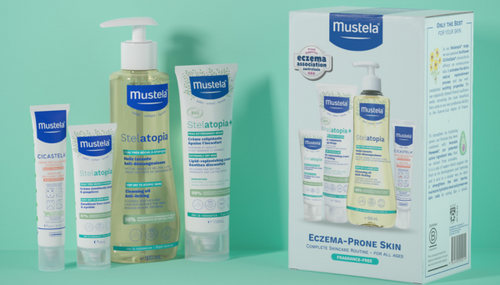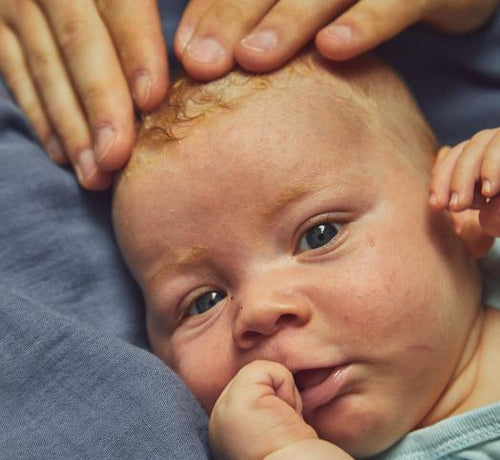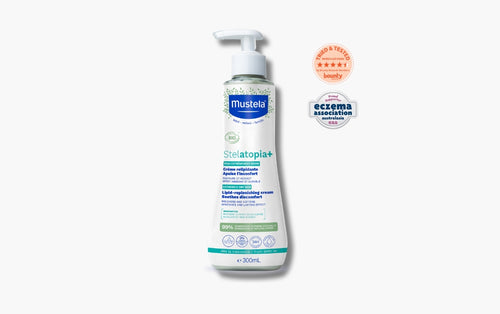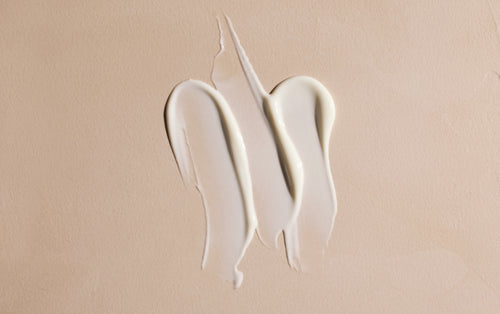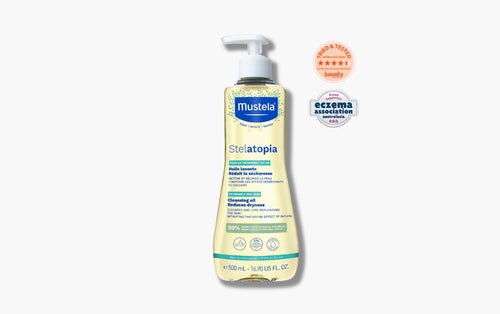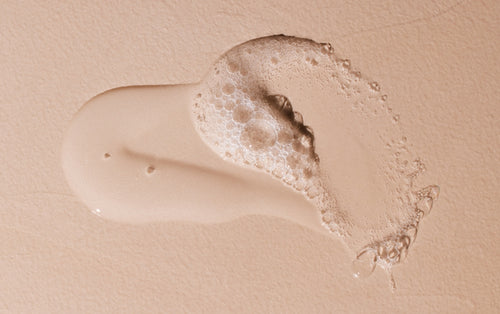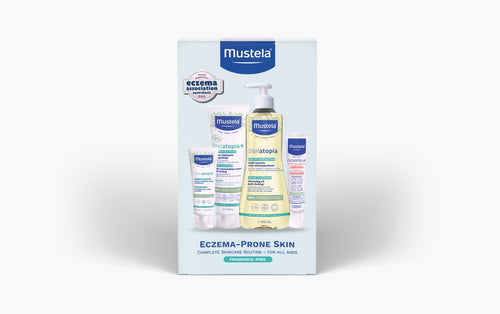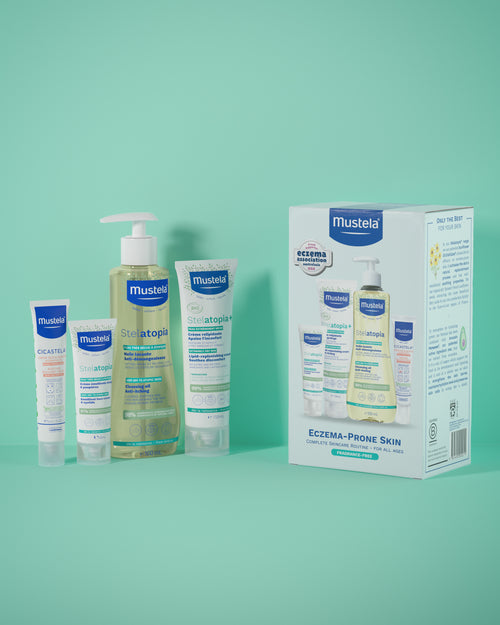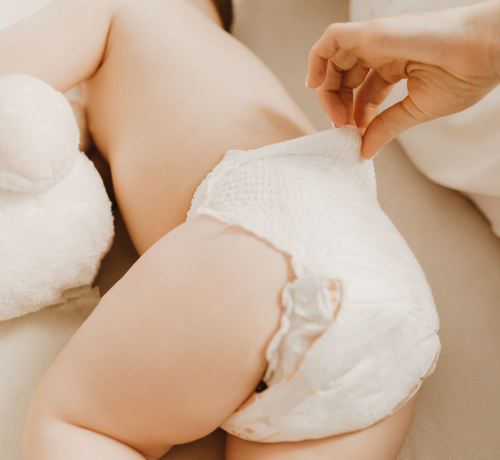What Is Cradle Cap?
Cradle cap, medically known as seborrheic dermatitis, is essentially a form of infant dandruff—but with a bit more complexity. This common skin condition occurs due to overactive sebaceous glands, which produce excess oil. As a result, crusts, scales, or an oily film can develop on your baby’s skin.
Cradle cap often appears as raised, reddish or yellowish patches that can feel greasy and rough to the touch. While it’s most commonly found on a baby’s scalp or face, it can also show up on other parts of the body, like the bottom or other areas of the skin.
Is Cradle Cap Contagious Or Harmful?
Thankfully, the answer is no on both counts. Cradle cap is likely more worrisome for you than it is for your baby. It’s not usually itchy or painful, and there’s no risk of it being passed on to others. Rest assured, cradle cap is also not a sign of poor hygiene.
The condition generally clears up on its own by the time your baby reaches one year old. While the cradle cap itself isn’t harmful, it’s important to stay attentive to your baby’s skin to prevent any potential infections that might arise if the skin becomes irritated.


